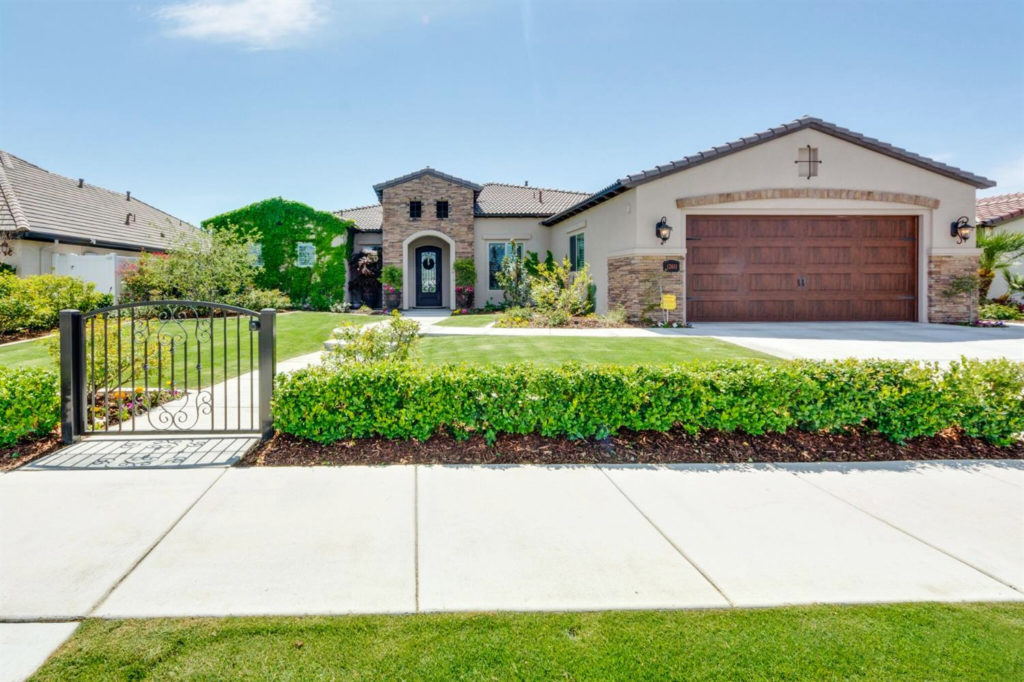The Rhythm of Home Building
April 26th, 2021 | by dpcustombuilder | Posted in build process, Custom Builder, living areas
The construction of a new home has a particular rhythm, fluctuating from dynamic progress in the early stages, to a natural and expected ebb of activity as the house nears completion. Our clients find it useful to understand this tempo. They know what to expect and they can appreciate their new home as it takes shape.
Initially, the building process shows almost daily progress. As we build the foundation and structural frame, the general, three-dimensional shape of the house quickly takes form. The house becomes real and tangible; room sizes and locations on the floor plans become obvious within a few weeks.

The beginning phases of construction happen faster than the finishing stages later in the process. At the outset, large-dimension components, such as the wall studs and roof rafters are assembled into three-dimensional forms. At this stage, several workers often build those and other structural elements at the same time on different sections of the house. The job site is a hive of activity, and there is obvious progress.
Likewise, the windows and doors, roofing, and siding materials install nearly as quickly as the home’s foundation and structural frame, resulting in a nearly finished exterior shell. Meanwhile, the electrician, plumber, and heating contractors work inside to install their respective behind-the-wall systems before the framed walls are filled with insulation or covered over with drywall and other substrates.
It is a very encouraging time for everyone involved.
As work continues, however, the pace begins to slow considerably as the focus shifts from the so-called “rough” or early stages of construction to the finishes. Dynamic progress gives way to very subtle, yet equally critical, improvements and finishing touches toward the home’s completion.
While the placement of insulation and drywall occurs somewhat quickly and produces the dramatic effect of having the walls and ceilings nearly finished, the process of taping and texturing these surfaces to make them ready for paint, wallpaper, or other textures is necessarily slow. A drywall contractor may require a week or more to properly prepare an entire house. In addition, few other contractors can complete their work during this phase of the finishing process.

Typically, from this point to a home’s completion, the various trade contractors that once worked side-by-side must now operate in sequence. Carpenters, for instance, install the cabinets and countertops before the appliances and plumbing fixtures can be connected and finished.
Meanwhile, the painting contractor waits for the trim carpenters to finish before he can cover their work. And imagine how many faceplates, switch plates, light fixtures, and other finishes need to be fastened in place to complete the electrical system, not to mention carpeting and other floor finishes, tile work, and plumbing fixtures.
The more deliberate rate at which this stage of construction occurs can test a homebuyer’s patience. To help ease any concern or mystery, we often schedule opportunities to walk through a new home with our buyers, pointing out the understated progress going on in the latter stages of construction to assure them that their home is nearing occupancy.
Understanding the rhythm of homebuilding, from dynamic beginnings to the precision of its completion, helps our clients establish reasonable expectations and appreciate the realities of the construction process.
Warm Regards,
Dave
